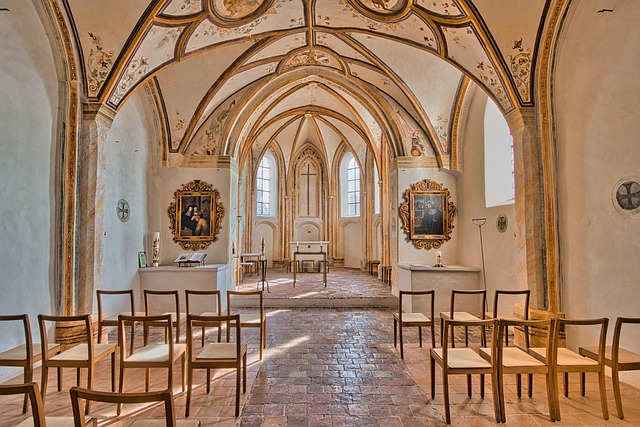
“Exploring Color Harmony: A Guide for Painting Enthusiasts”
Exploring Color Harmony: A Guide for Painting Enthusiasts
As painting enthusiasts, we often find ourselves lost in the vibrant world of colors, searching for that perfect balance that turns a simple canvas into a captivating masterpiece. The concept of color harmony isn’t just about selecting pretty colors—it’s about creating a mood, telling a story, and evoking emotions through the delicate dance of hues.
When you first dip your brush into paint, you might be overwhelmed by the endless options. But understanding color harmony helps simplify this process, giving you a structured yet creative way to combine colors that naturally belong together. It’s the invisible thread that pulls your composition into a cohesive whole and invites viewers to feel what you feel.
The Emotional Power of Color Harmony
Imagine standing in front of a painting that feels calm and serene. Chances are, the artist has employed color harmony techniques to achieve that effect—perhaps through analogous colors like soft blues and greens that soothe the eye. Conversely, a painting bursting with excitement might showcase complementary hues, such as fiery reds against cool greens, creating a vibrant contrast that energizes the viewer.
For painters, understanding this harmony isn’t just technical; it’s deeply emotional. Each color relationship can evoke nostalgia, joy, melancholy, or passion. Mastering these relationships empowers you to steer your audience’s emotions and make your artwork truly unforgettable.
Applying Color Harmony in Your Artwork
There are several classic schemes to guide your palette, each offering a different mood:
- Monochromatic: Variations of a single color, great for a minimalist and elegant effect.
- Analogous: Neighboring colors on the color wheel, ideal for harmonious and soothing compositions.
- Complementary: Colors opposite each other, perfect for dynamic and striking contrasts.
- Triadic: Three colors evenly spaced, balancing vibrancy and harmony.
Experiment with these schemes, but don’t be afraid to break the rules once you feel comfortable. Sometimes, unexpected combinations create the most unique expressions of color harmony.
Connecting Personally Through Color
As you practice, think about what feelings you want your painting to reveal. Is it the gentle whisper of a morning sunrise or the passionate burst of autumn leaves? Let your personal experiences and memories guide your choices. Color harmony becomes a language, expressing your inner world beyond words and shapes.
In the end, embracing color harmony is about more than technique—it’s about connecting with your art on a soulful level, inviting others to share in that connection through the vibrant, harmonious dance of color.

